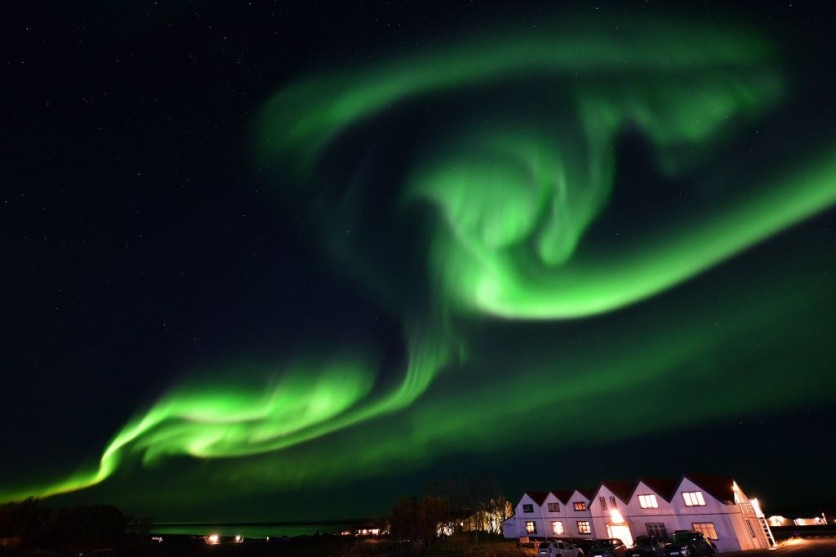An international team of scientists has demonstrated that a particular type of aurora known as the "Isolated Proton Aurora" destroys the ozone layer in our atmosphere, as reported first by Interesting Engineering.
They found an ozone hole over 400 kilometers (250 miles) wide immediately above an auroral event. The impact of these particles was only faintly understood up until now.

Solar Storms
On the sun's surface, massive clouds of electrically charged particles are released during solar storms. Some of these particles may eventually collide with the Earth after traveling millions of miles.
Most of these particles are deflected away, but some are caught in the Earth's magnetic field. Their charge ionizes the environment when they are trapped, resulting in the production of nitrogen oxides and hydrogen oxides.
Even though high-energy plasma particles can harm the ozone layer, it is still unknown how exactly they do so. This is due to the fact that such particles are difficult to locate because they are not visible to the naked eye.
The isolated proton aurora that is produced when these charged particles interact with the upper atmosphere, on the other hand, descends toward Earth.
"Isolated proton auroras can be observed by scientific all-sky cameras. Although it is a rather weak aurora, it is also visible to a regular person." Kazuo Shiokawa, a professor at the Institute for Space-Earth Environmental Research at Nagoya University, said in a statement.
To evaluate the effect of radiation-belt electrons, researchers looked at the ozone changes beneath the isolated proton aurora. The scientists combined information from the International Space Station, ground-based electromagnetic wave studies, and satellite remote sensing to find electrons across the aurora.
400 Kilometer-wide Hole
According to the study, isolated proton aurora generated an ozone layer hole approximately 400 kilometers (about 250 miles) wide just below the auroral region.
The researchers discovered that the change was far more profound than anticipated when they compared their findings to models. Up to 10 to 60% of the ozone had disappeared after 90 minutes. Scientists were startled by the immediacy and magnitude of such effects.
Auroras harm the ozone layer, but it's vital to remember that the damage only affects the mesosphere's ozone layer, and the tear heals swiftly. The more crucial layer, the stratosphere, is unharmed by these auroras.
The discovery, according to researchers, can aid in forecasting changes in the Earth's atmospheric environment and variations in space weather.
Related Article : 'Cannibal' Gas Cloud Heading Towards Earth: Experts Noticed Propagation Effects at Frequencies Below 30 MHz
This article is owned by Tech Times
Written by Joaquin Victor Tacla
![Apple Watch Series 10 [GPS 42mm]](https://d.techtimes.com/en/full/453899/apple-watch-series-10-gps-42mm.jpg?w=184&h=103&f=9fb3c2ea2db928c663d1d2eadbcb3e52)



